The Evolution of Cell Organelles
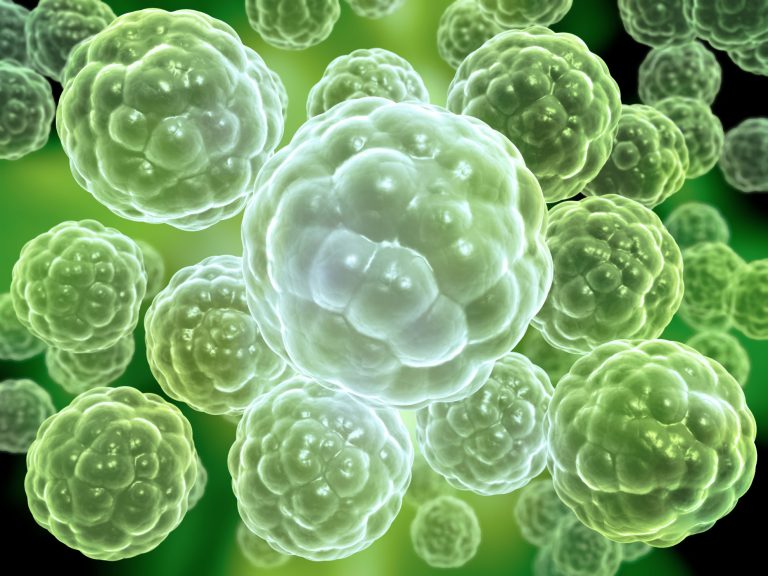
An artist depiction of a Precambrian multicellular life form.
Table of Contents
The previous tutorial page noted the emergence of protists, organisms that possessed a distinct cell nucleus and contained organelles within its cell structure. One other important aspect of the up and coming species was the existence of mitochondria, the site of ATP creation in human cells (in ribosomes).
Cell Evolution
The mitochondria are present in both animal and plant cells in today’s world, suggesting that the arrival of the mitochondria in the evolutionary chain was slightly before recognizable taxonomical differences between animals and plants.
The mitochondria is unique in the sense that the organelle contains its own DNA, which is derived from its parents. Naturally, as the mitochondria are responsible for the breakdown of organic molecules to release energy (i.e. respiration), this DNA was responsible for the reactions involved to do this.
The remarkable thing about mitochondria is their striking similarity to that of a species of amoeba, where the structure of the two are similar. In this particular species of amoeba, symbiotic bacteria enact what the mitochondria do in more advanced cell structures. The end of this symbiotic relationship no doubt increased parasitism, due to the fact that cells now possessed their own energy supply, they could be exposed and eradicated by the pathogens of the time.
Organelle Diversity
Although geological records for this period are sketchy, to say the least, evidence suggests that organelles continued to diversify in this period, further differentiating the taxon that we use today to class them.
Hair-like structures called cilia and flagella were developing in some species, allowing them to move with wind and water currents. This general progression and diversification have led to the range of functions that cell organelles perform in modern organisms.
Organelle Similarity
The most unusual thing about nature is its repetition of a particular characteristic across a broad band of species. Such a situation arises when looking at the development of unicellular organisms at the time.
The organelles developing within these species all have structural similarities in relation to function. As in the example above, the mitochondria on a single cell is very similar to that of an entire species, yet mitochondria are found in almost all forms of organisms that have existed on Earth.
A push-pull relationship is notable in the evolution of these organisms. In one instance, they become more similar, either because the similarity is an advantage or because environmental pressure was forcing natural selection and thus the species to evolve in this way.
On the other hand, organisms were diversifying to occupy previously sterile environments, therefore adapting to better suit their new environment. On the other hand of this, other organisms (as above) would adapt closer to them, due to less competition in the habitat and natural selection favoring a move to this environment
In other words, nature at the time, both parasites and unicellular organisms, were more in less in equilibrium, continuing to expand but also moving away/moving closer in relation to other organisms…life continued to change into the Cambrian Period, over half a billion years ago.
The timeline continues into the Cambrian period on the next tutorial guide of the timeline…
Credit: Dreksler Astral
You will also like...
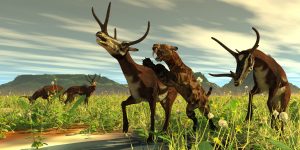
Early Mammals on Earth
The Earth's ecosphere was rapidly changing and throwing up a wide range of ecological niches that new adaptive organisms..
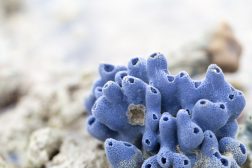
Primitive Animals
Life, as we know it today, is presumed to have started in the sea and many of them were likely eukaryotic animal-like or..
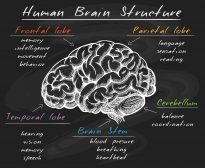
The Conscious & Unconscious Nervous System
This tutorial elaborates on how the nervous system works, particularly at the tissue level of the brain. There are three..
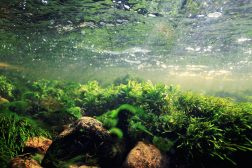
Lotic Communities & Algae
Lotic communities have conditions that are rather harsh for typical plants. Thus, the diversity of plant species in loti..
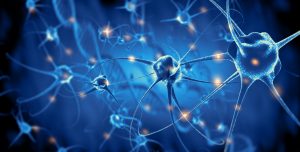
Neural Control Mechanisms
Neurons generate electric signals that they pass along to the other neurons or target tissues. In this tutorial, you wil..
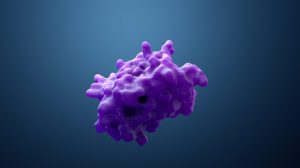
Protein Variety
The sequence of amino acids determines the type of protein. Protein is synthesized according to the sequence of nucleoti..
